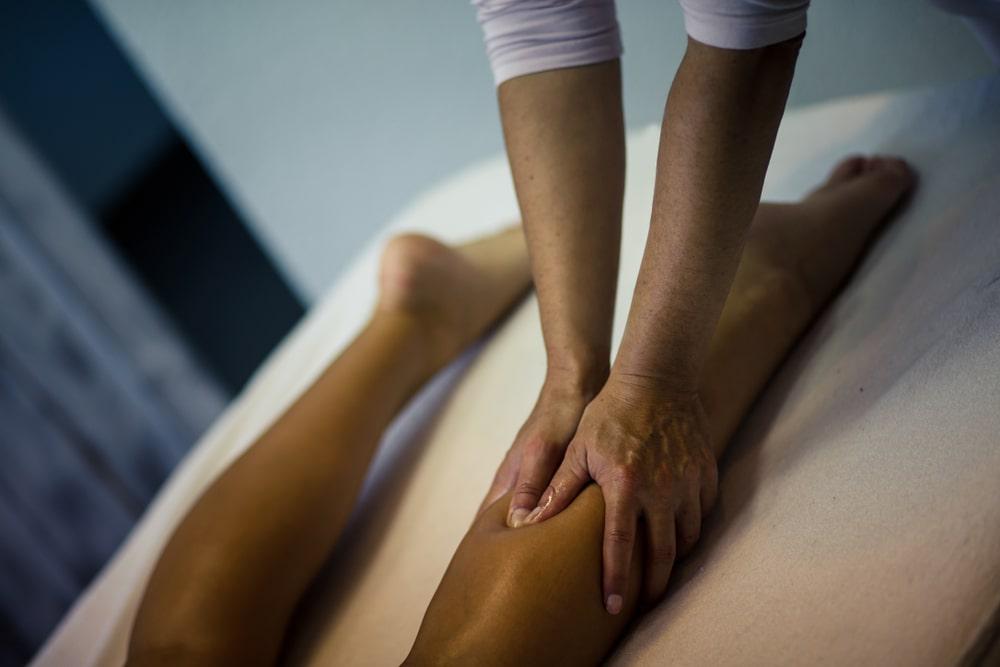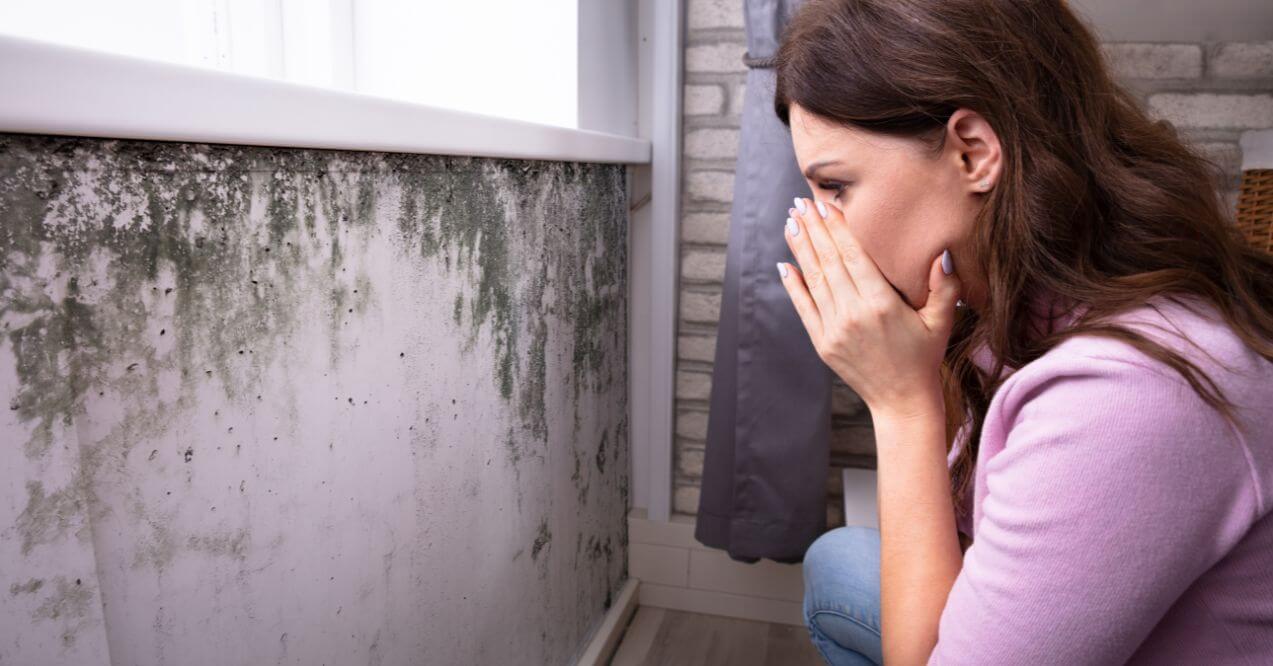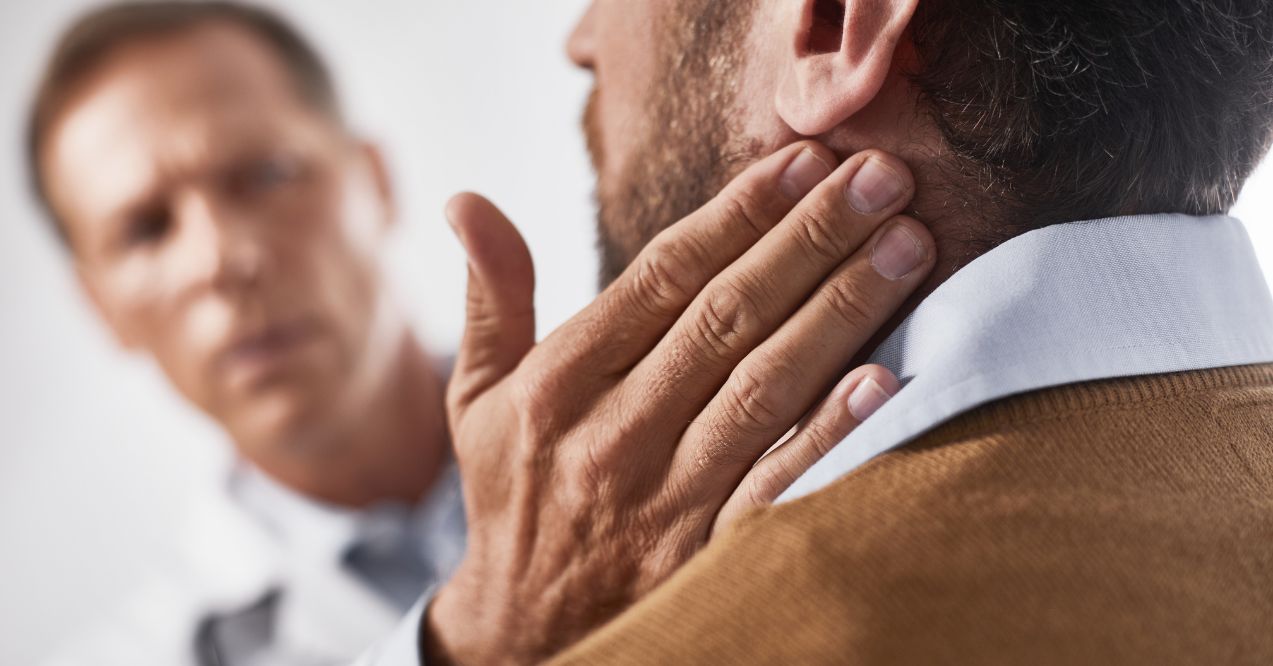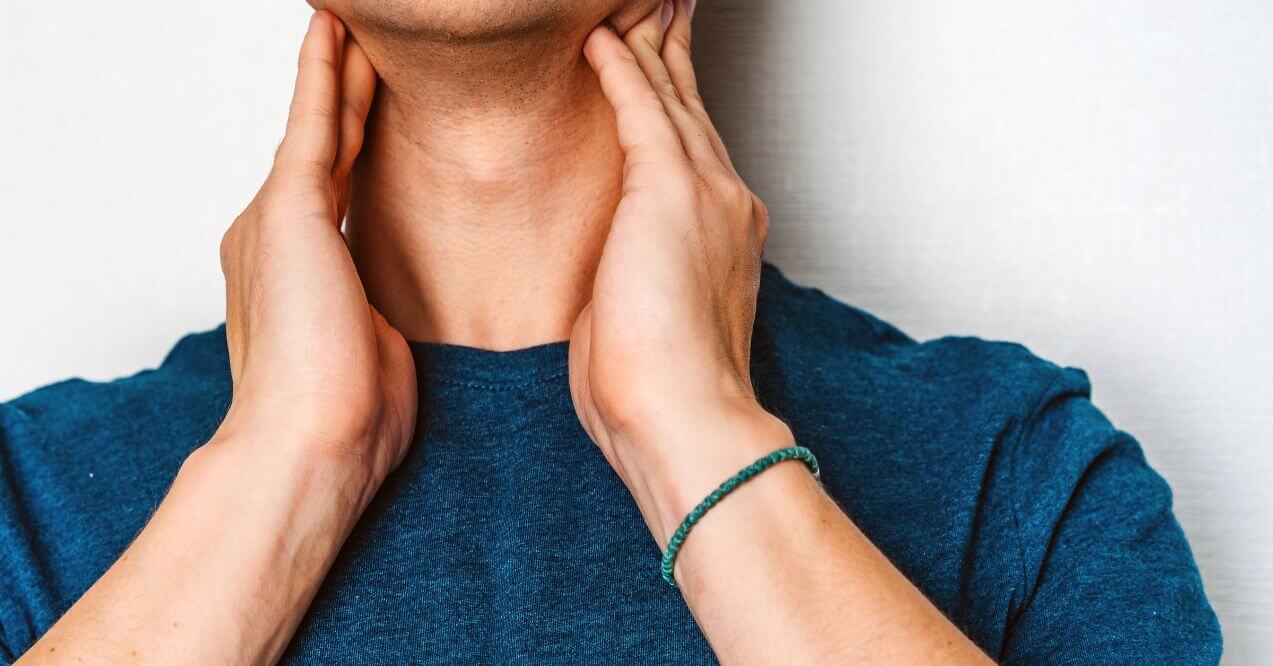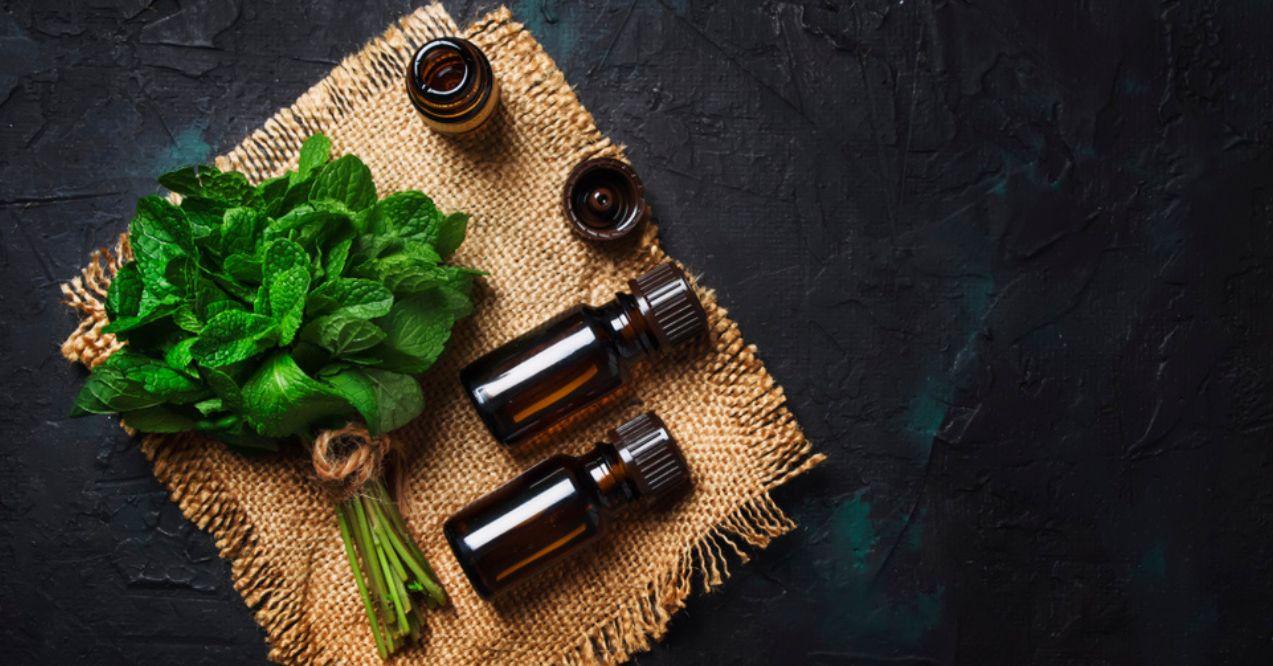Lymphatic Drainage Map and How to Use It
Discover how to use a lymphatic drainage map for self-massage to promote fluid balance, circulation, and a healthy lymphatic system.
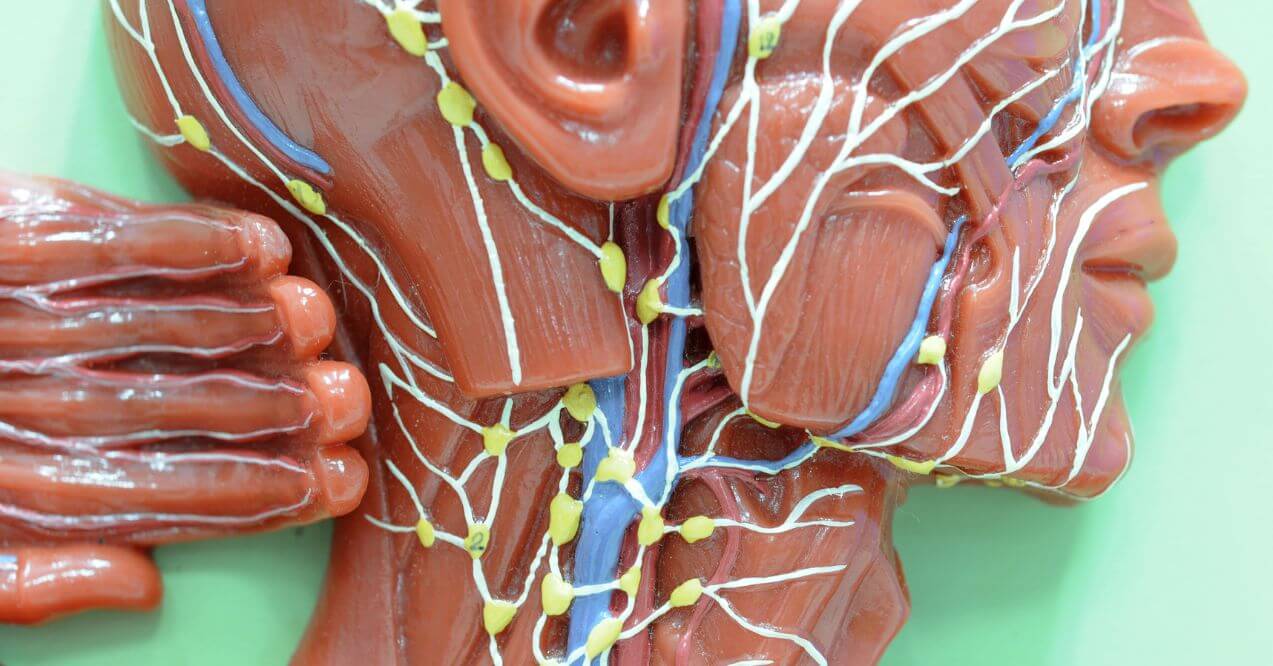

The lymphatic drainage map is a helpful tool for understanding how the lymphatic system supports overall health. This vital network of vessels and nodes helps remove waste, balance fluids, and support immune function. Unlike the circulatory system, the lymphatic system doesn’t have a pump, meaning it relies on movement, massage, and hydration to function properly.
Lymphatic drainage techniques could help support circulation and reduce fluid buildup, making a map useful for guiding self-massage. By understanding key lymph node locations and how to stimulate them, you can promote healthy lymph flow and enhance your well-being.
Lymphatic Drainage Map Guide
A lymph node map shows the intricate network of vessels and nodes throughout your body, much like a roadmap guides you through city streets. This valuable tool highlights the natural flow direction of lymph fluid and pinpoints key areas where lymph nodes cluster.
Your lymphatic system flows in one direction – upward from your feet and hands toward your heart. On a lymphatic drainage map, you’ll notice arrows that show this natural movement. The map typically uses different colors or symbols to mark major lymph node groups, making them easy to spot:
- Green or blue lines often represent the lymphatic vessels
- Red dots or circles usually indicate lymph node locations
- Arrows show the direction of lymph fluid flow
Think of your lymphatic system as a river network. Just as rivers flow toward the ocean, your lymph fluid moves through these mapped pathways toward your heart, supporting your body’s natural cleansing processes along the way.

Key Lymph Node Locations in the Body + Map
Lymph node mapping shows us a network of tiny, bean-shaped structures spread throughout your body. Think of these nodes as natural filtering stations that help keep fluids moving smoothly through your tissues. When you know where these nodes are located, you can better support your body’s natural processes.
Cervical (Head and Neck) Region
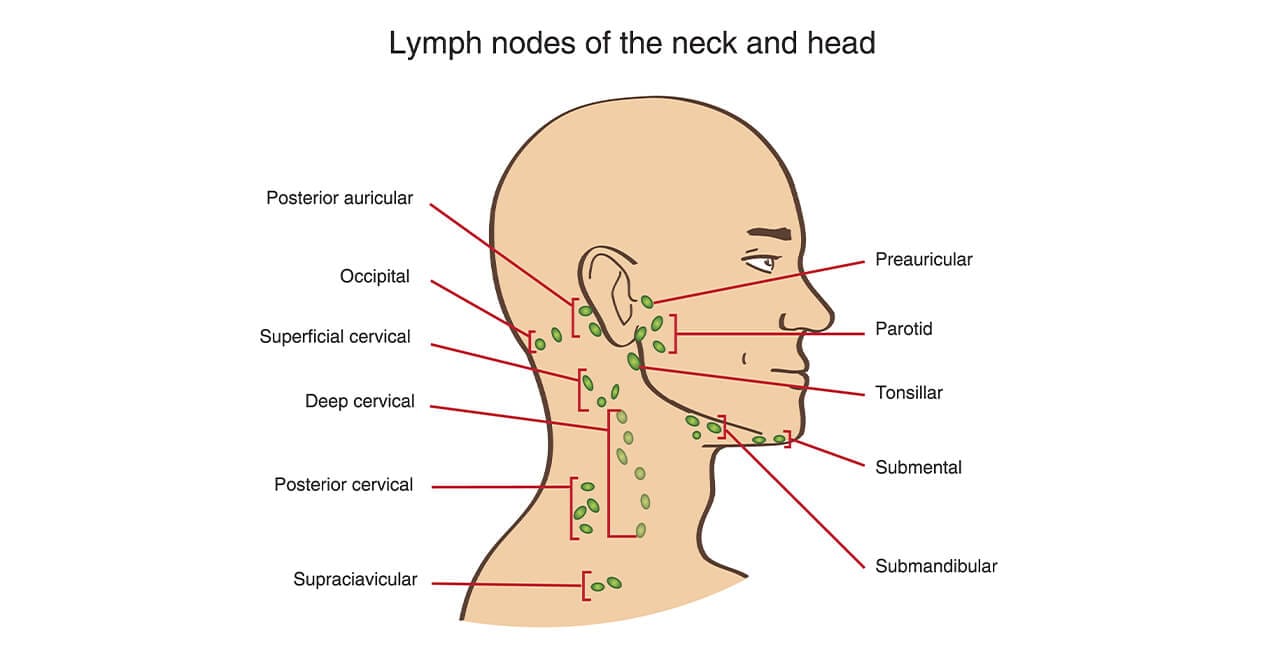
The neck area contains several groups of lymph nodes that run from behind your ears down to your collarbone. These nodes help maintain healthy fluid movement in your face, scalp, and throat. You can easily find these nodes by softly running your fingertips along the sides of your neck, where you might feel small, rounded areas beneath your skin.
Axillary (Armpit) Region
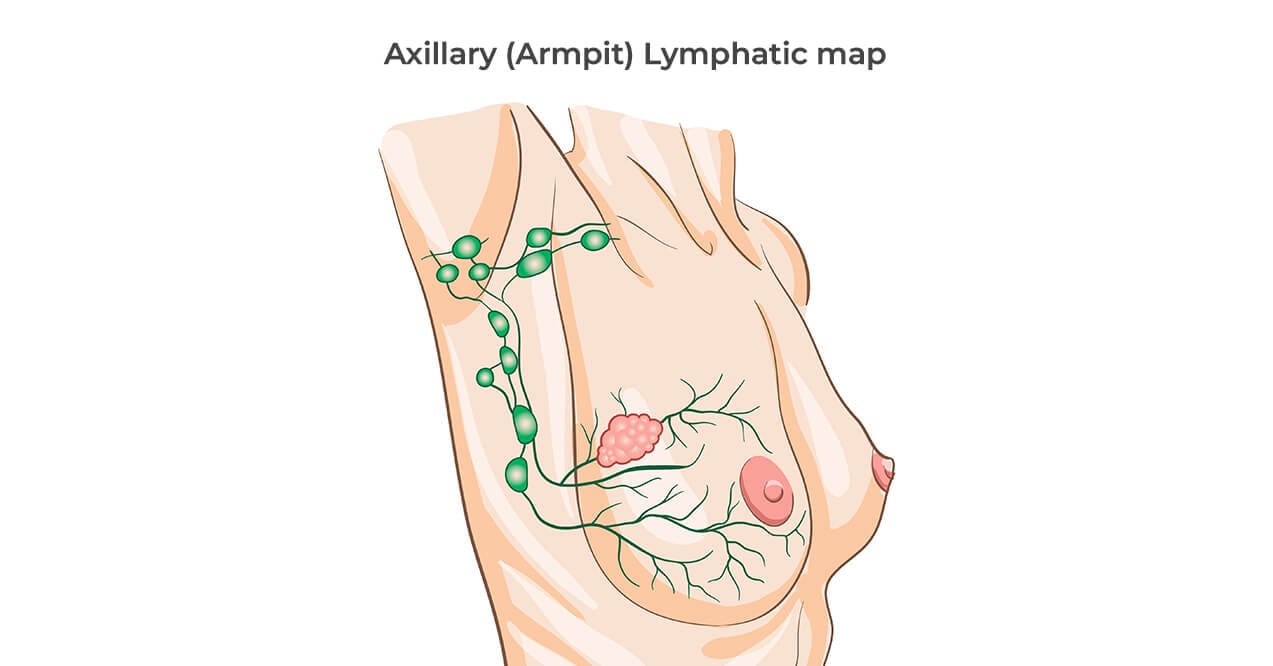
Your armpits contain an important group of lymph nodes that help move fluid from your arms and upper chest. The mapping of lymph nodes shows us that this area has several layers of nodes working together. These nodes support healthy circulation in your upper body and help maintain your natural wellness.
Inguinal (Groin) Region

The lymph nodes in your groin area play a key role in moving fluid from your legs and lower belly. They act like a natural junction point, helping keep fluid moving properly through your lower body. These nodes are part of your body’s amazing natural filtration network.
Mediastinal (Chest) Region
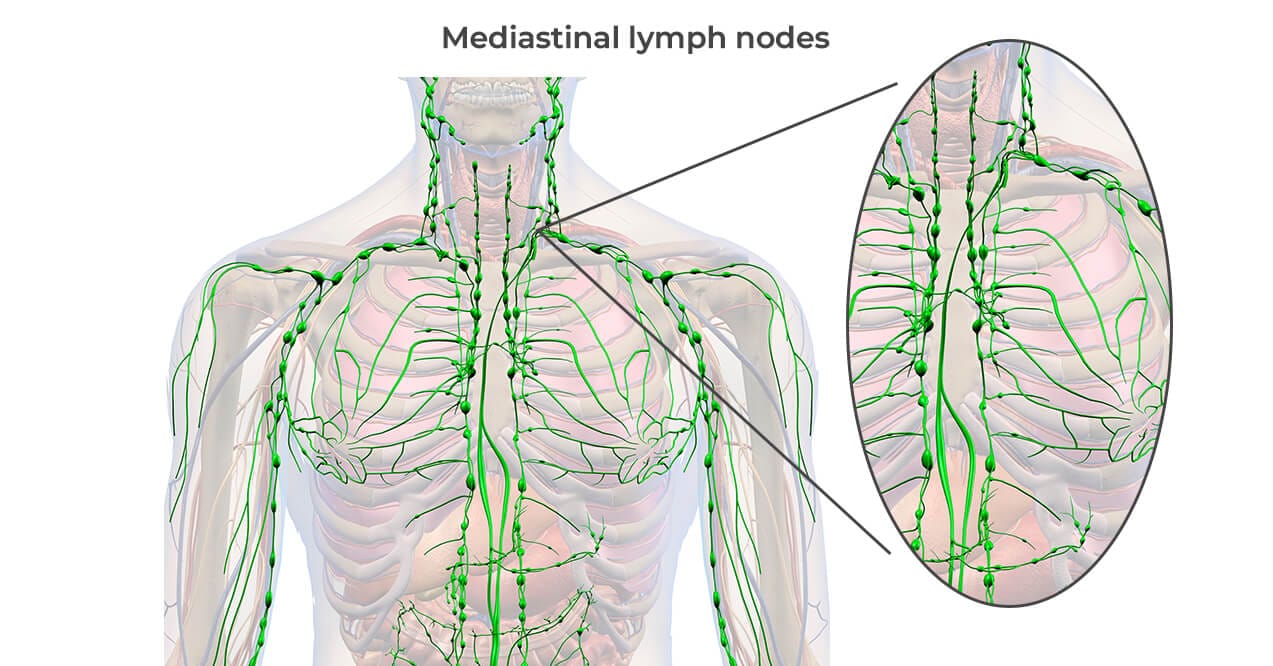
Your chest contains a special group of nodes called the mediastinal lymph nodes. While we can’t see or touch these nodes, they perform important work around your heart and lungs. These nodes are vital partners in maintaining your body’s natural balance and supporting overall wellness.
Since the mediastinal lymph nodes are closely linked to your respiratory system, understanding how to improve lung health can naturally support their function. Incorporating lung-friendly practices like breathing exercises, regular movement, and clean air exposure can help keep this system working at its best.
How to Use a Lymphatic Drainage Map for Self-Massage
Self-massage is a gentle and effective way to support lymphatic flow, and a lymphatic drainage map can be a valuable tool to guide the process. Since the lymphatic system relies on movement to function properly, using a map ensures that massage techniques align with the body’s natural drainage pathways, helping to maintain balance and promote well-being. If you’re wondering “when do you feel better after lymphatic massage?“, following the proper map-based technique may help you notice lymphatic drainage massage benefits like reduced swelling or improved energy more quickly.
Preparing for a Lymphatic Self-Massage
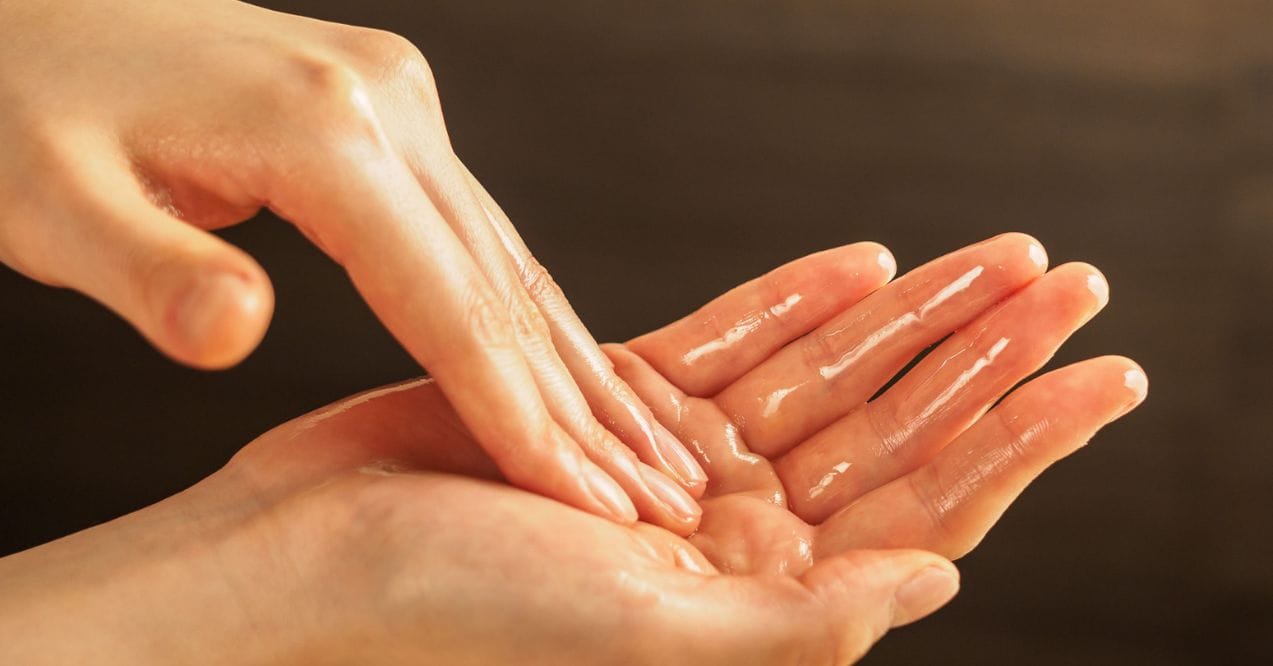
Self-massage is a cornerstone of any lymphatic system cleanse, and a lymphatic drainage map can be a valuable guide in this process. Before starting, create a calming environment to enhance relaxation and effectiveness. Consider the following preparation steps:
- Use a light oil or lotion to reduce friction and allow for smooth, gentle strokes.
- Find a quiet space where you can sit or lie comfortably.
- Take deep breaths before beginning to encourage relaxation and support circulation.
- Follow the lymphatic drainage map to ensure massage movements go in the correct direction, always toward the nearest lymph nodes.
Head and Neck Massage Techniques
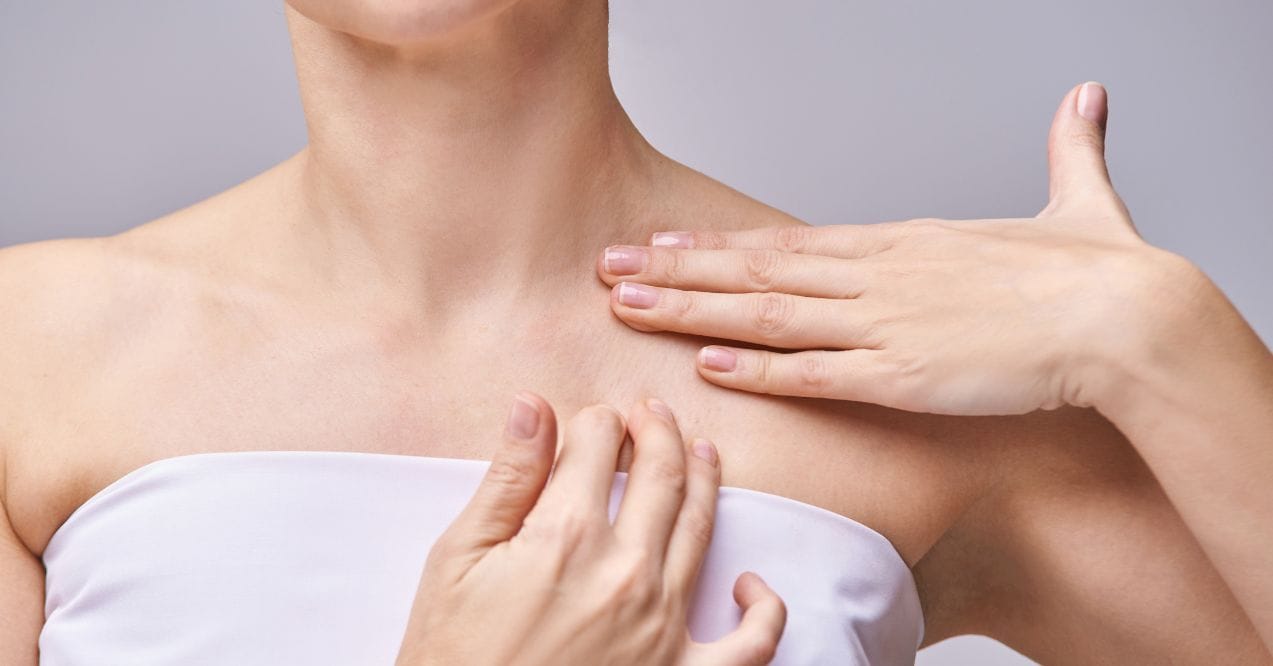
The cervical lymph nodes in the neck help drain fluid from the head, face, and throat. Gentle massage in this area can help support lymphatic movement.
- Start at the base of the ears and use light, upward strokes along the sides of the neck toward the jawline.
- Massage under the jaw with gentle circular motions, then move downward toward the collarbone.
- Use your fingertips to sweep outward from the center of the face, following the natural contours toward the ears.
- Finish by lightly stroking downward from the jawline to the collarbone, where fluid naturally drains.
Arms and Chest Massage Techniques
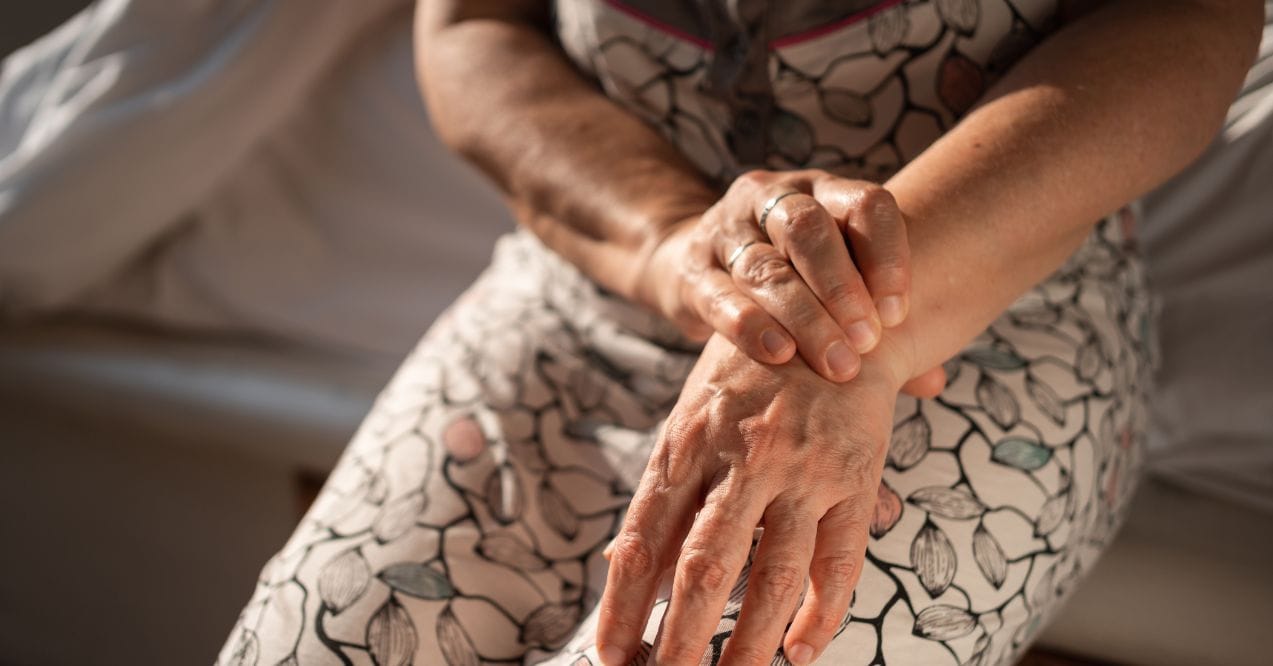
The axillary lymph nodes in the armpits play a crucial role in draining fluid from the arms, chest, and upper back. Massage in this area should be light and rhythmic.
- Start at the fingertips and use sweeping motions up the arms toward the armpits.
- Massage the inner arm, moving upward, and gently press into the armpit to encourage lymph movement.
- For the chest, place both hands in the center and glide outward toward the shoulders, following the lymphatic pathways.
- Use circular motions on the upper chest, then gently stroke downward toward the armpits.
Legs Massage Techniques
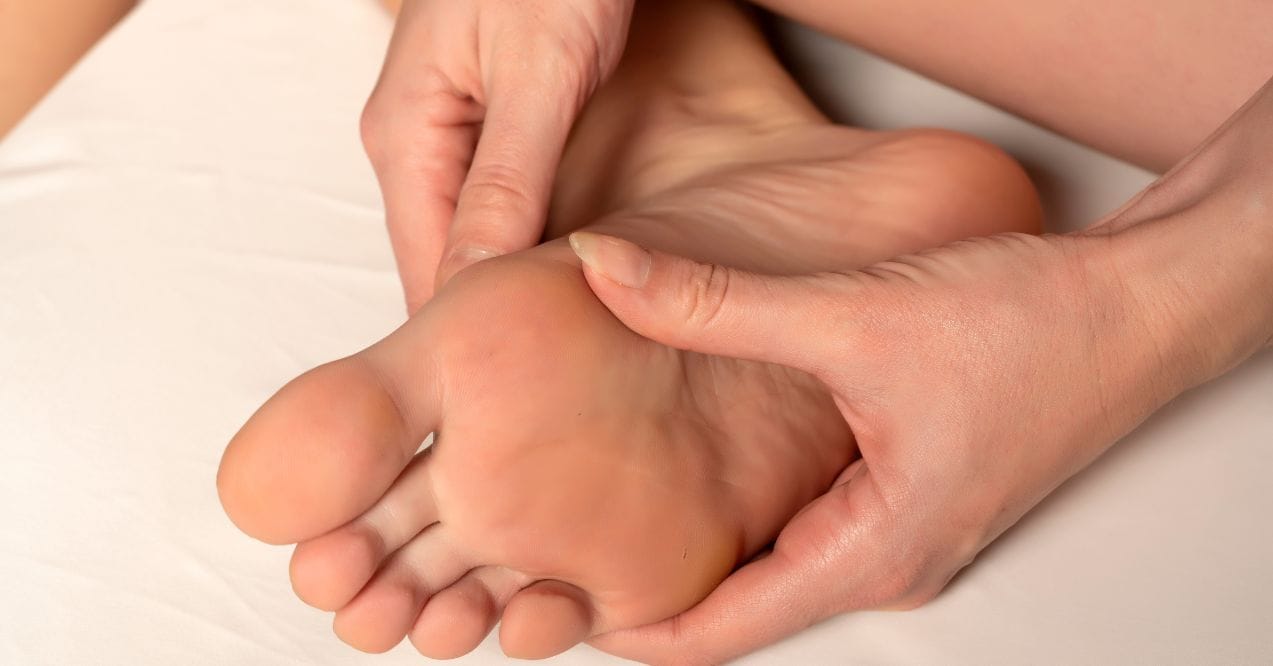
The inguinal lymph nodes in the groin help drain lymph from the lower body. Massage techniques for the legs should always move upward toward these drainage points.
- Start at the feet and use light, upward strokes along the calves toward the knees.
- Massage the inner and outer thighs, always directing movement toward the groin area.
- Apply gentle pressure behind the knees, where additional lymph nodes help filter fluid before it moves upward.
- Use long, slow strokes to encourage drainage toward the inguinal lymph nodes.
Abdomen Massage Techniques
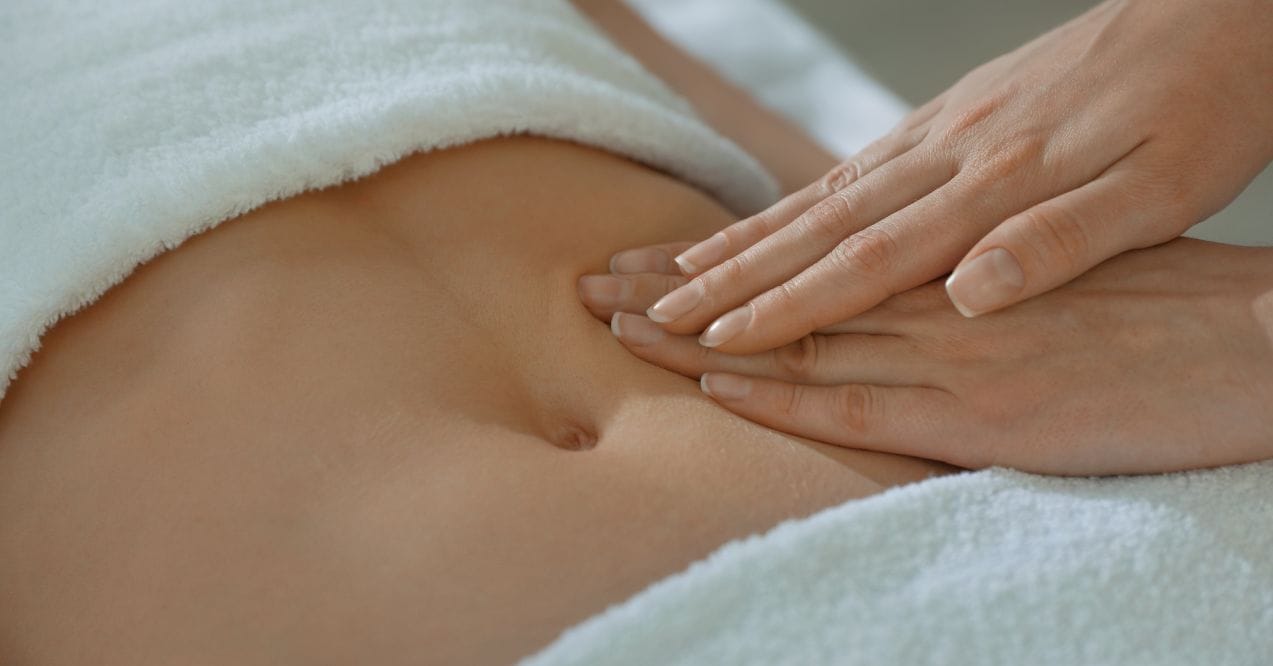
The abdominal area houses many lymphatic vessels that contribute to fluid movement. Massage here should be gentle and follow a clockwise direction to align with the body’s natural flow.
- Place your hands on your lower abdomen and use circular motions in a clockwise direction.
- Gradually increase the size of the circles, covering the entire abdominal area.
- Gently press along the sides of the abdomen, moving fluid toward the lymph nodes near the groin.
- Finish by using sweeping motions upward toward the chest, helping fluid drain efficiently.
Using a lymphatic drainage map for self-massage is a great way to promote circulation and encourage movement within your lymphatic system. For additional support, consider incorporating lymph system supplements designed to promote healthy lymphatic flow and support your body’s natural cleansing processes.

By replenishing essential nutrients and optimizing antioxidants, it works alongside your holistic lifestyle to keep you feeling balanced and refreshed. Whether you’re focusing on self-care or looking for gentle daily support, this blend can be a simple addition to your wellness journey.
Key Takeaways
A lymphatic drainage map is a valuable tool for understanding how lymph fluid moves through the body and where key lymph nodes are located. By following natural drainage pathways, self-massage techniques can help support lymphatic flow.
Gentle, upward strokes toward the nearest lymph nodes encourage movement without excessive pressure. Focusing on key areas like the neck, chest, arms, legs, and abdomen may contribute to overall well-being. Staying hydrated and incorporating regular movement further supports lymphatic function. When used correctly, self-massage can be an effective way to maintain balance and promote wellness.
Lymphatic self-massage can be done three to five times per week for general support. If you feel sluggish or want to encourage lymphatic flow, gentle daily sessions may be beneficial. Always listen to your body and adjust the frequency as needed.
Pregnant individuals should consult a healthcare professional before starting lymphatic massage. While gentle techniques may support circulation and comfort, certain areas, such as the abdomen, should be avoided. A trained prenatal massage therapist can provide safe and effective guidance for lymphatic support.
Lymphatic massage requires light, gentle pressure, similar to a soft touch. The lymphatic system is close to the skin’s surface, so deep pressure is unnecessary. Use slow, rhythmic strokes to encourage fluid movement without pressing too hard or causing discomfort.
Lymphatic massage may help support fluid movement and reduce temporary swelling caused by inactivity or minor fluid retention. By following proper techniques, you can encourage drainage and promote circulation. If swelling persists or worsens, it’s best to seek professional advice.
Avoid massaging sensitive areas such as directly over the collarbones, deep in the abdomen, or near recent injuries. If you experience pain, discomfort, or have a medical condition, consult a healthcare provider before incorporating lymphatic self-massage into your routine.
Sign up for our Healthy Living newsletter!
Advertisement. This site offers health, wellness, fitness and nutritional information and is designed for educational purposes only. You should not rely on this information as a substitute for, nor does it replace, professional medical advice, diagnosis, or treatment. If you have any concerns or questions about your health, you should always consult with a physician or other health-care professional. Do not disregard, avoid or delay obtaining medical or health related advice from your health-care professional because of something you may have read on this site. The use of any information provided on this site is solely at your own risk.



